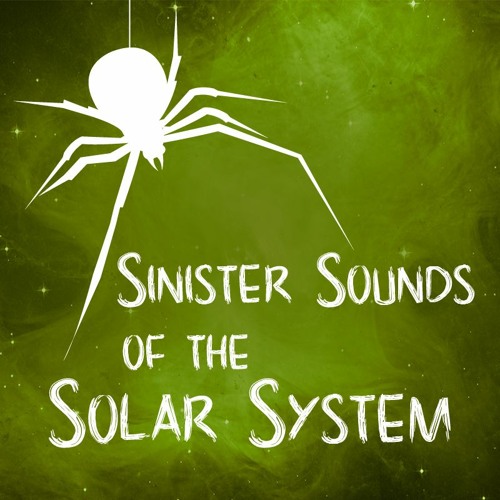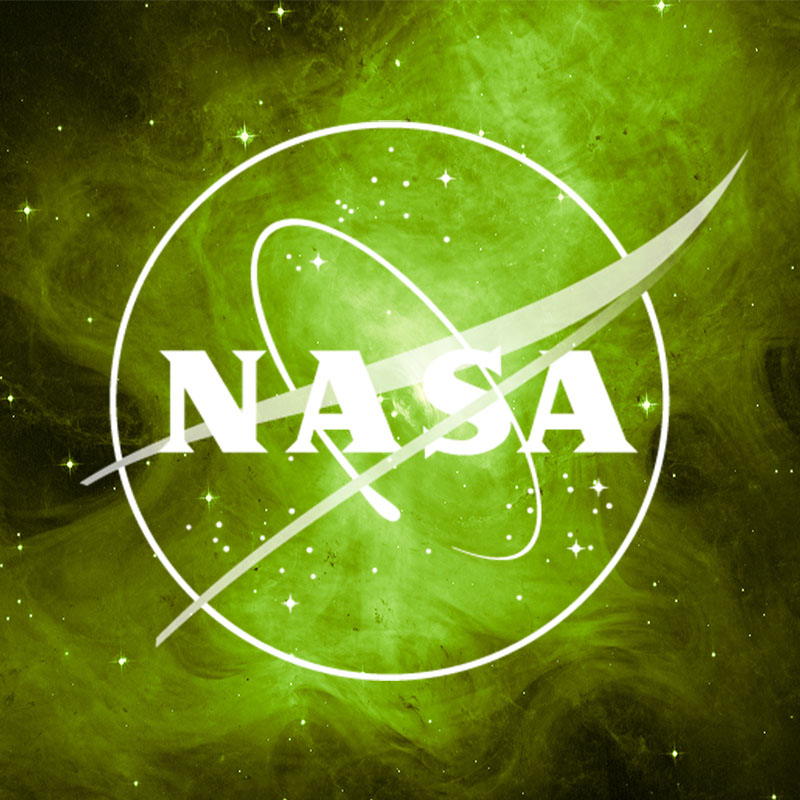Ridley Scott lied, everyone. In space, NASA can hear everything and if you thought they wouldn’t make a mixtape and post it on SoundCloud, you were wrong. That’s right. There’s only a few months of 2020 to pack in unbelievably weird events, and NASA wants in on the trend.
The National Aeronautical Space Administration, commonly abbreviated to NASA, announced its debut via Twitter. There’s plenty to cover about each different playlist, of course. NASA shared a playlist entitled “Sinister Sounds Of The Solar System“, featuring a spider over a dark green background as artwork.
This isn’t the agency’s first foray into SoundCloud. Back in 2014, when Twitter first allowed embedding audio clips into tweets, NASA was one of the first companies to capitalize. Most of the clips were just iconic lines of communication between Mission Control and astronauts, though. This new upload is unique in that it is completely unique material from NASA arranged by themes and compiled accordingly.
NASA uses really interesting tech to make these sounds
It’s a question many of you have probably had while watching Star Wars or most space adventure films. Many popular Hollywood films inaccurately portray characters talking to each other in the vacuum of space. All the explosions you see in Star Wars? If they were in space, you shouldn’t hear anything.

Without going too deep into the science, suffice it to say that this isn’t possible to hear anything in space. Sound travels by pushing and pulling particles along the direction it moves. In the emptiness of space, there are no particles. This means that sound can’t travel at all in such conditions.
But as you know by now, NASA claims to have recorded all the sounds on its SoundCloud from space. Either they’re lying or there’s something we haven’t talked about.
Well, the answer is that while sound waves can’t travel through space, a lot of other types certainly can. This includes radio waves, light waves, x-rays and more. And wouldn’t you know it, almost everything in space emits these kinds of waves. Spacecraft in deep space has the technology to receive these waves and record information about them, like their frequency and energy. Using that data, we can accurately convert waves from space into sound; that’s what NASA uploads.
This time they went for a spooky vibe
The playlist they’ve uploaded is pretty short. It’s mostly high pitched, scratchy discordant noise, but that’s what you’d expect from the random chaos of space. In a way, it is pretty atmospheric. The tracks have a certain urgency to them, with dynamic shifts in tempo and loudness.
It is tempting to just imagine where these sounds originated. As we listen to a repeating high-pitched whine, which periodically gets softer, it’s easy to feel a little unnerved.
Luckily, each track comes with a title describing exactly where the audio originates. The track we just described came from the Chandra X-Ray Observatory, recording Cassiopeia A. That was the name of the brightest star in the Cassiopeia constellation, which exploded approximately 11,000 light years away.
NASA has made learning fun and interesting, despite the excessive hype
Each track is juxtaposed tastefully, so if you want to set a spooky theme at your next Halloween party, we recommend leaving this on repeat. But what’s even more, it’s interesting to listen to what Jupiter’s auroras might sound like, or what the ancient universe sounded like during the Big Bang.
NASA is making it easy to get young kids interested in their work. Music appeals to the widest range of audiences of all art forms, and it’s nice to see it reach the youngest audience as well.


